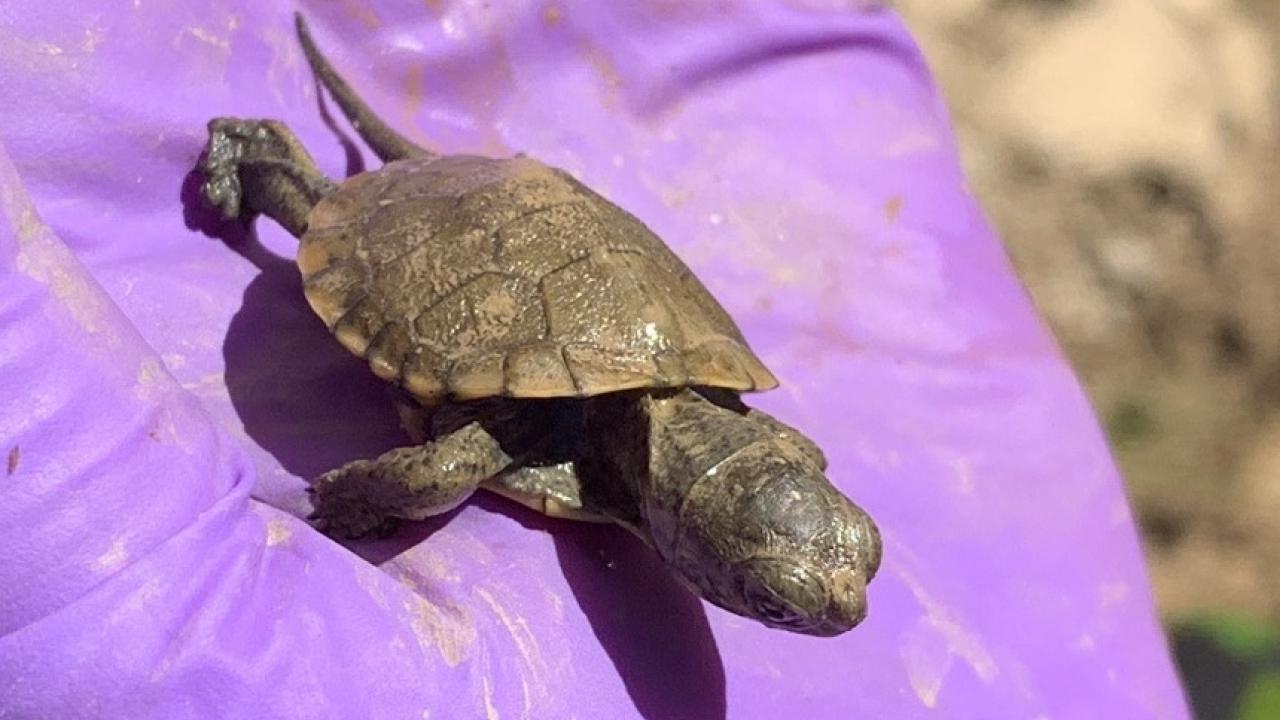
Turtles in TurmOil
Despite its expanse and varied ecosystems, California has a surprising lack of diversity in its Testudines. Our state is home to just two native freshwater turtle species and only one native tortoise species. Unfortunately, all three of these species are in decline.
Anticipating and meeting the needs of wildlife during oil spills is part of the Oiled Wildlife Care Network’s commitment to California. The stakes grow even higher when spills impact threatened or endangered species. Which is why our protocols stipulate that state or federally threatened or endangered species are prioritized throughout a spill response.
The northwestern pond turtle (Actinemys marmorata) and the southwestern pond turtle (Actinemys pallida) (formerly grouped as one species Actinemys marmorata) are both listed as species of special concern in California. In 2023, the U.S. Fish and Wildlife Service proposed both species for official listing as Threatened under the Endangered Species Act. Threats to these turtles include worsening drought conditions, habitat loss and fragmentation, and predation by invasive species.
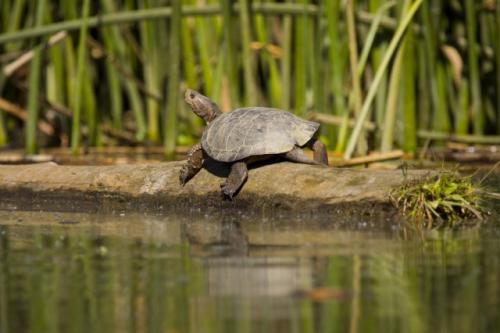
The Mojave desert tortoise (Gopherus agassizii) is California’s only native tortoise. The desert tortoise is a state endangered and federally threatened species inhabiting parts of southeastern California. The tortoise population is declining due to threats such as habitat loss, predation, vehicle mortalities, and disease.

Risk from oil spills
Western pond turtles inhabit a variety of freshwater bodies including rivers, ponds, lakes, and creeks. Their range covers a large part of the state, yet their population numbers are drastically reduced from their historic levels.
In 2020, the OWCN was activated to respond to a spill of crude oil after a tanker truck crashed beside the Cuyama River in Santa Barbara County. An estimated 6,000 gallons of crude oil entered the river. Nine oiled western pond turtles were collected and delivered to Pacific Wildlife Care where staff provided intake, processing, cleaning, and conditioning care. Thanks to their great care, all nine of these turtles survived and were released back into the wild.
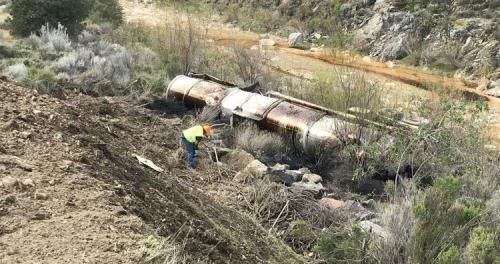


Did you know... ?
Western pond turtles were commercially harvested from Tulare Lake and sold for human consumption in the 19th century. The Tulare Lake population of western pond turtles was once estimated at 3.5 million individuals! At the peak of harvesting, it was reported that one trapper was responsible for catching and taking 3,600 Tulare Lake turtles to market. The feeder streams of Tulare Lake were diverted for farming by the early 1900’s and the lake dried up, eliminating a massive population hotspot for the western pond turtle. Based on the overharvesting of the time, however, it is likely the turtle population of Tulare Lake was anthropogenically doomed either way.
If the name Tulare Lake rings a bell, that’s probably because the long-dormant lake returned in 2023. Fed by a season of heavy precipitation, the ghost lake set the scene for 2023’s avian botulism outbreak, during which the OWCN responded and cared for over 1,200 birds.
It’s typically species that spend their lives in and around water that are most vulnerable during a spill, however, the risk of a spill exists wherever petroleum is produced, used, or transported. That opens up the possibility of oiling even to desert-dwelling species, such as the desert tortoise. While the OWCN has yet to treat its first oiled tortoise, we are prepared to meet the challenge should the situation arise. And it almost did!
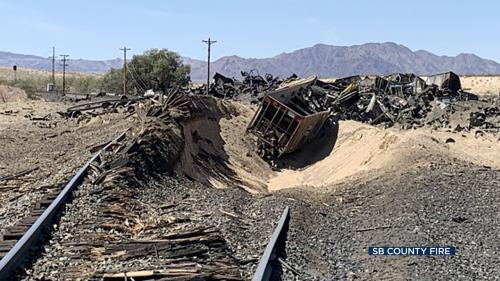
In March of 2023, a train carrying iron ore derailed in San Bernadino County, California—in prime desert tortoise habitat. Fortunately, this derailment did not result in a significant spill of petroleum, but it did serve as a reminder of the role that rail transport can play in environmental contamination. Train derailments, while not a leading cause of oil spills in California, do represent a likely scenario for oil to find its way into desert tortoise habitat.
Our team is in the process of writing Protocols for the Care of Oil-Affected Reptiles, which will cover the western pond turtles and desert tortoise. Last month, I attended the Freshwater Turtle and Tortoise Symposium in Tucson, Arizona to learn more about the conservation and research practices for these species. As a wildlife rehabilitator, these are not species that I have had many opportunities to work with, however, as a tortoise enthusiast, I am fortunate to be the custodian of two desert tortoises*. Caring for captive tortoises, has given me valuable experience with the husbandry and medical needs of the species.
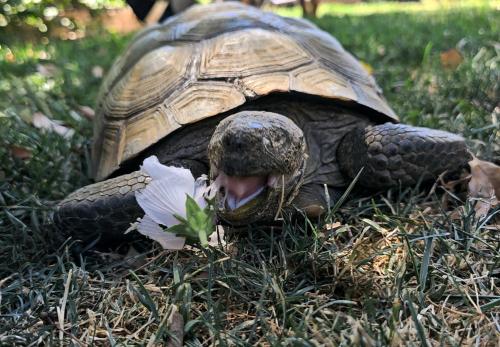
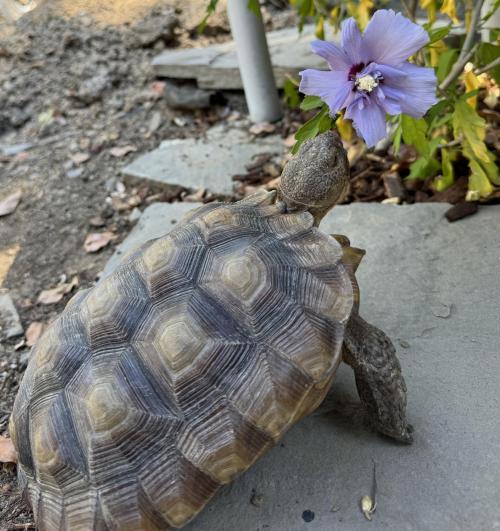
*In California, it is illegal to remove tortoises from the wild, but they may be possessed in captivity with a permit issued by the California Department of Fish and Wildlife. Tortoises who have been in captivity may not be returned to the wild as the risk of genetic interference and disease transmission could endanger the wild population. Both Mojave and Sonora were found roaming in cities far from native desert tortoise habitat. They both exhibit telltale signs of being raised in captivity (a shell deformity known as pyramiding).
I anticipate that our latest reptile protocol will be ready to share with Member Organizations by summer 2025 so stay tuned!
– Sam
